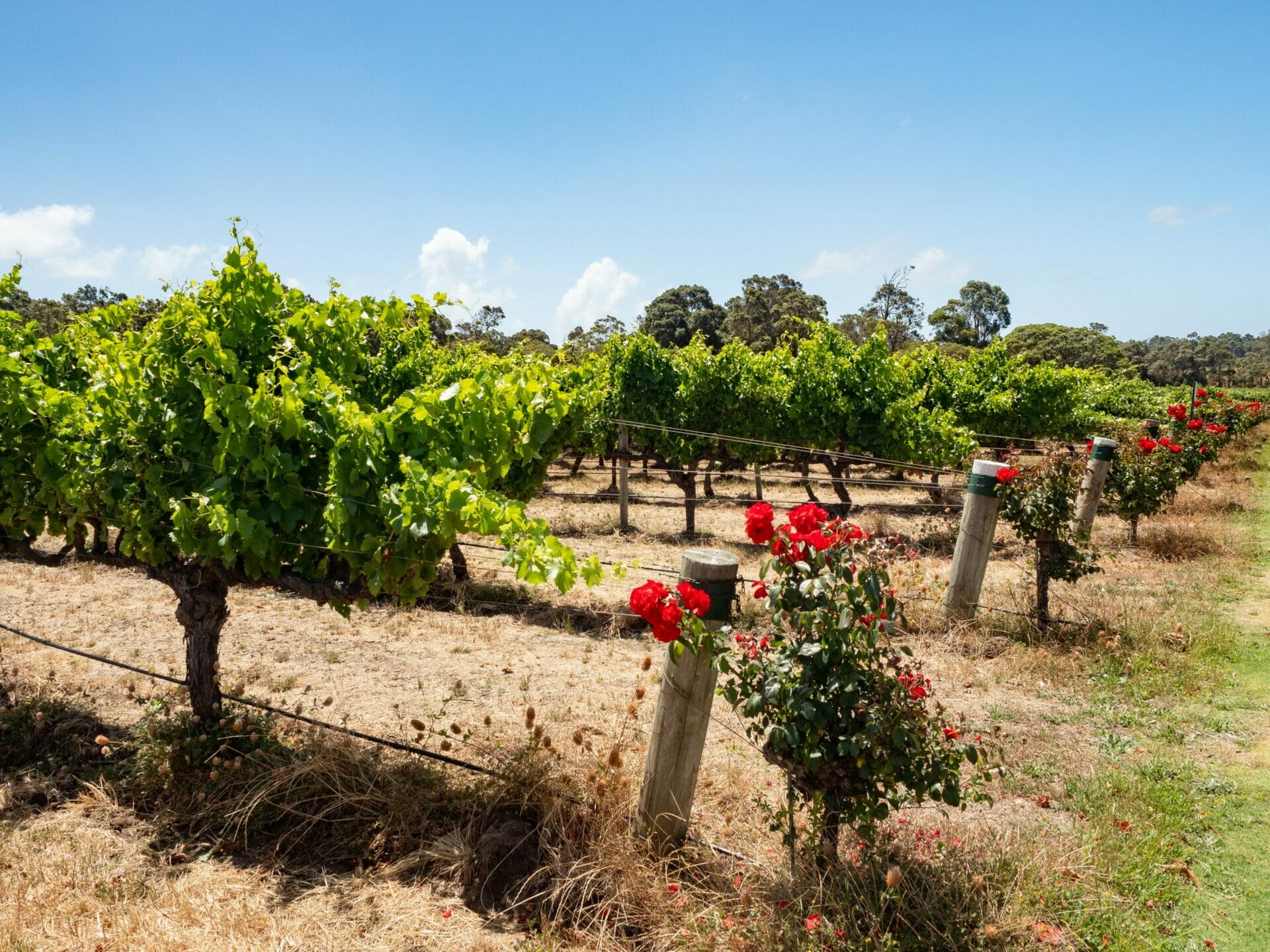
A fantastic day of wine tasting with Margaret River Tours
Last Updated on 18 May 2022
As Western Australia’s premier wine region and one of the country’s largest wine producers (accounting for more than 25% of all Australian wine), Margaret River has been high on my list since I first visited WA in 2015. It’s taken a while to get back to the west coast, but the allure of white sand beaches and more than 200 vineyards to explore was a strong pull.
Travelling with my mum to Margaret River over the Christmas period, we knew we’d want to do a fair bit of wine tasting, but weren’t totally sure how to manage that— we’ve done large group tasting tours in the Barossa Valley before and were pretty disappointed with the impersonal feel and lack of flexibility, but we also didn’t want to break the budget by paying for a private tour (or restrict our wine tasting by driving ourselves). We ended up booking a full-day tour with Margaret River Tours and were genuinely SO impressed by the experience that it’s hard to imagine a better way to explore this wonderful region!
All the details: Margaret River Tours
Cost: Margaret River Tours offers an awesome full-day Gourmet Wine & Dine tour, which includes tastings at 6 different wineries, an incredible 2-course lunch and full glass of wine, afternoon picnic platter, and chocolate and cheese tastings, all for $170 per person. If you can only spare a few hours, there’s also a half-day option that has you joining after lunch (missing the meal and the first 2 wineries of the day) for $95.
Getting there: Margaret River is 3hrs south of Perth, so it’s a good idea to dedicate a few days to exploring the wine region properly (although it is definitely possible to do a long day trip if you’re short on time). Margaret River Tours will pick you up from any hotel or Airbnb within 10km of central Margaret River and return you back at the end of the day.
Where to stay: Grab an Airbnb in central Margaret River for an inexpensive, homey experience.
Read more: WHAT TO DO IN MARGARET RIVER: A GUIDE TO ALL THE BEST WINERIES, BEACHES & VIEWS
A big thank you to Margaret River Tours for inviting me to explore WA’s premier wine region with them in exchange for an honest review of the experience. As always, all opinions in this post are entirely my own!
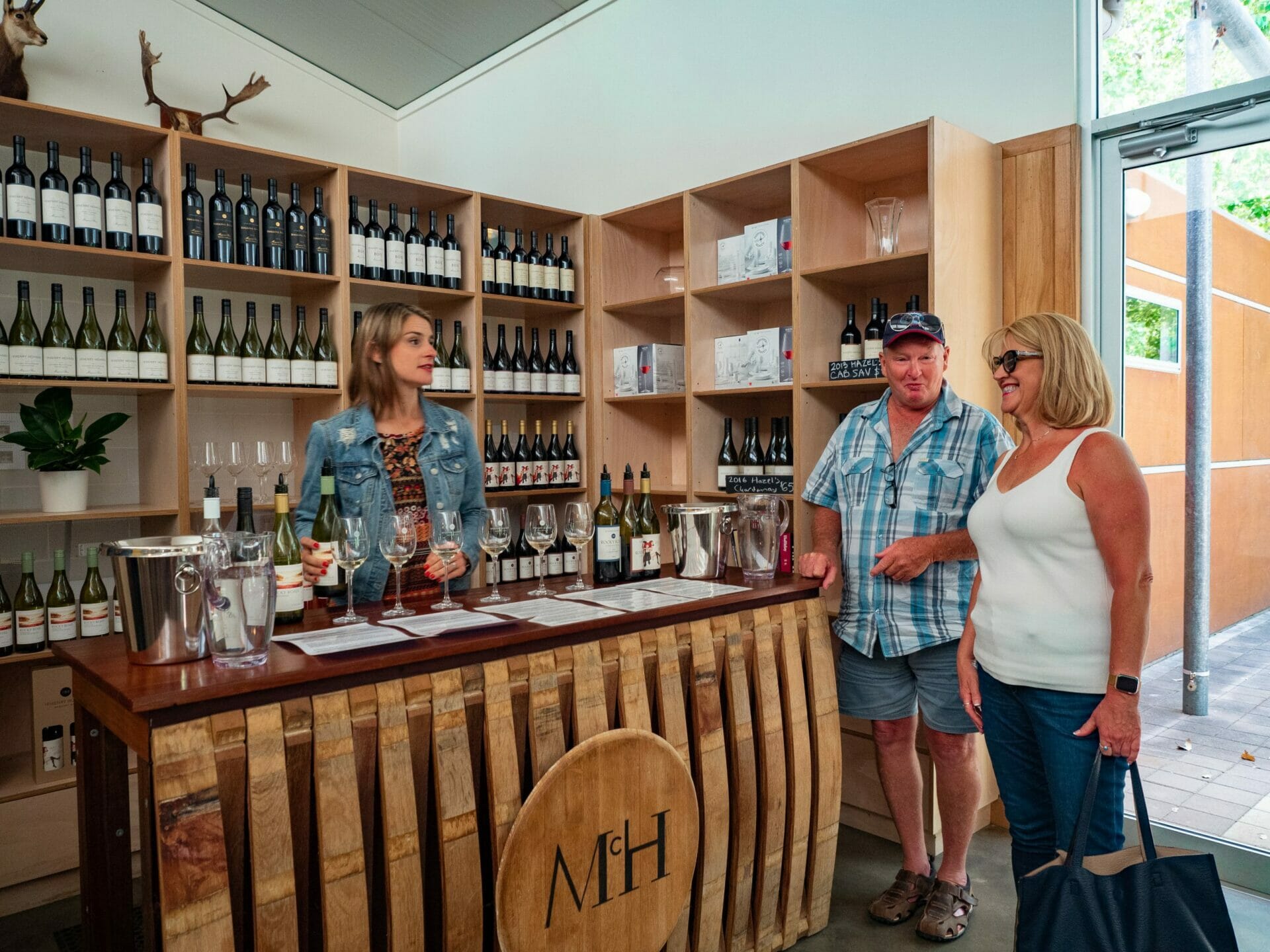
Our first day in Margaret River begins with an early morning pick-up from our friendly guide, Peter, who immediately launches into a comprehensive history of the region and some of the wines we’ll get to sample today. Excitement levels are high, especially for mum, who’s been begging me to do another wine trip with her for the last several years. Now that it’s finally here, we are beaming.
Joined by just one older couple from Queensland, we are immensely pleased not to be lost in a crowd of 20 other tourists, which means we receive far more personal attention from both Peter and the winery staff at each cellar door. At Brown Hill Estate, a family-owned winery and our first stop of the day, we even get taken into the warehouse to see the winemaker processing the most recent vintage— a rare treat!
In addition to producing a large variety Cabernet Sauvignon and Shiraz, Margaret River is the country’s main Chardonnay producer and has even been lauded as one of the world’s finest, routinely beating out wines from the Burgundy region of France in blind tastings. Today therefore presents the perfect opportunity to branch out and try something different than our usual “full bodied reds”.
I’m not typically a big white drinker, mum even less so, but I am honestly blown away by the Chardonnay we taste at every single winery, finding that it almost has the flavour of a red wine with all the approachability of a white. Although I probably lack the vocabulary (and definitely also the palate) to really describe what I’m tasting when it comes to nice wine, suffice to say that the Chardonnay in Margaret River is delicious and we end up buying several bottles of white throughout the day, a surprise for all involved.




Suitably tipsy from sampling the full range of reds and whites at Brownhill Estate, we continue the morning at Leeuwin Estate. As one of the best known vineyards in the region, Leeuwin routinely makes its way into both national and international lists of top wineries and was ranked as a 5-star winery by Australian wine authority James Halliday. The grounds alone are amazingly impressive and the gallery housed below the cellar door offers a look at the art-inspired labels that decorate the bottles, but it’s definitely the Chardonnay that leaves me with a lasting impression. Simply amazing.
After another quick tasting at Xanadu Wines, we finally sit down to lunch in the adjoining restaurant, nestled into a cozy 4-person table with our QLD companions. I’ve previously had some of the best meals of my life at wineries, including yesterday’s insane lunch at Will’s Domain in Yallingup, so expectations are high this afternoon— and soon completely surpassed, the lamb completely mouth-watering and the full glass of wine the perfect pairing.
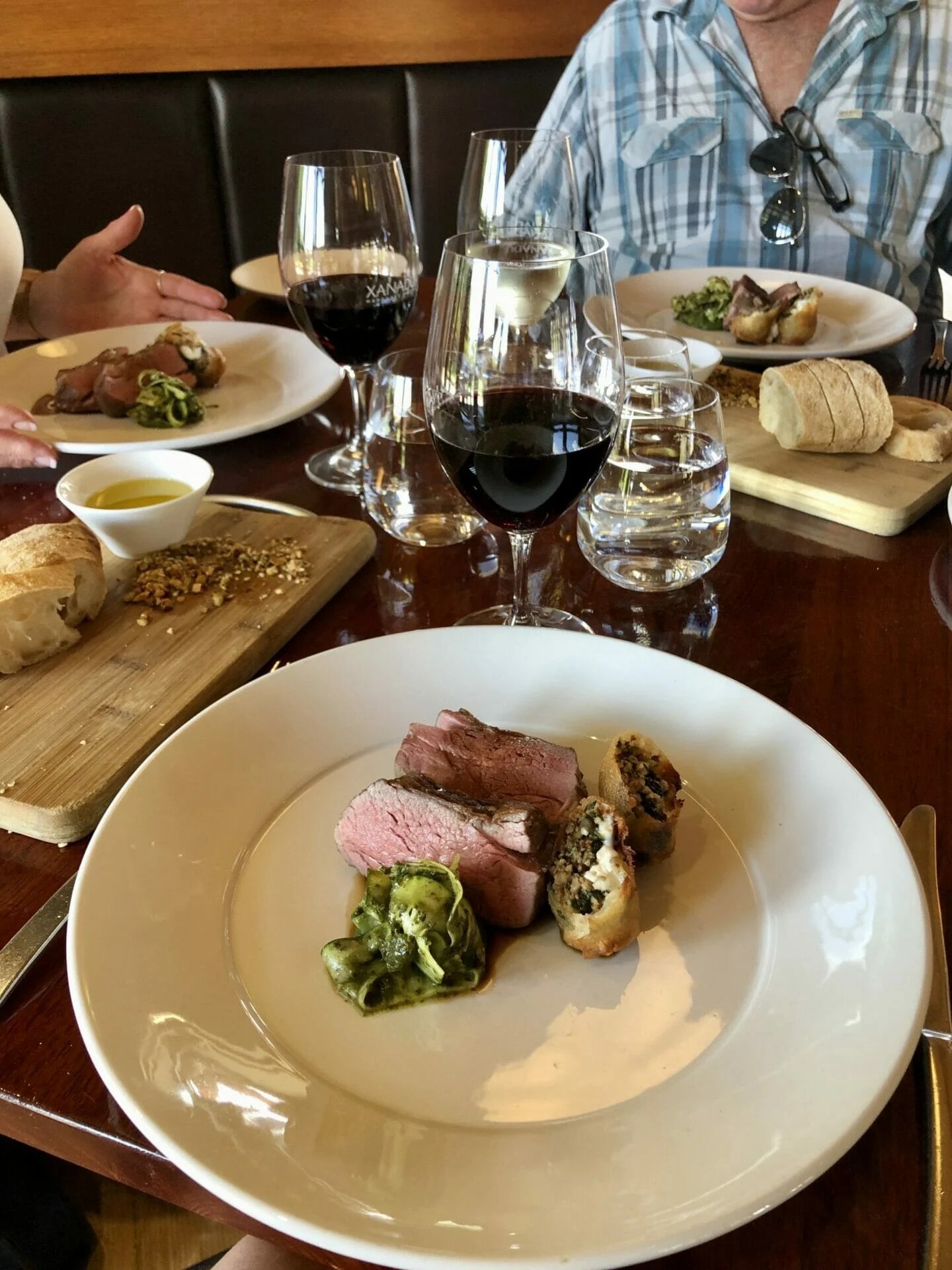



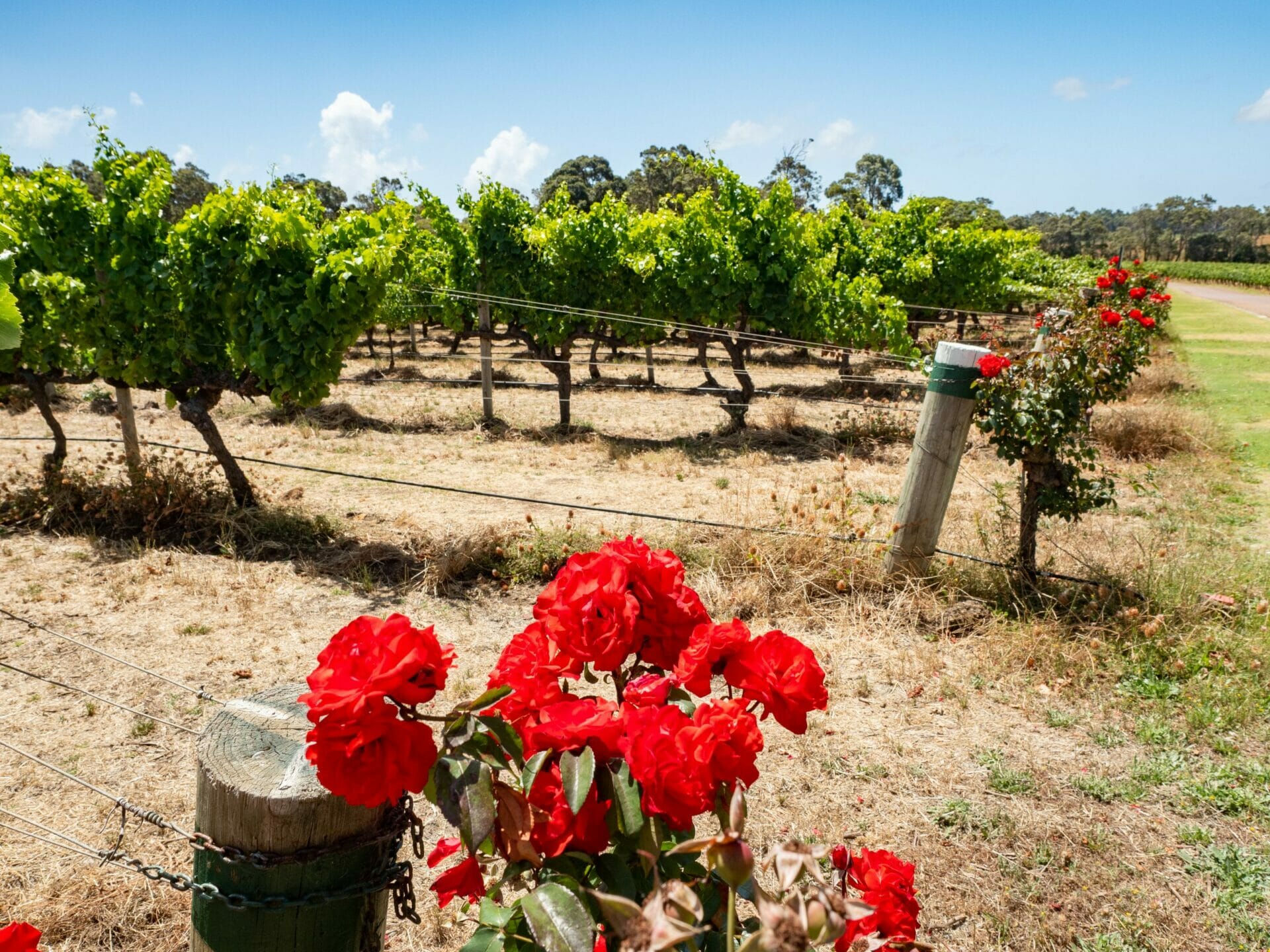
After lunch, our little group is joined by two more members, another Australian couple, and we all slide easily into a friendly rhythm as we continue on to still more wineries. Next up is Vasse Felix, the first winery every established in Margaret River in 1967 and home to the region’s oldest vines, and then Voyager Estate, set in impeccably-manicured gardens.
Polishing off a picnic platter of cheese, meats, and crackers while Peter drives us to the next winery, it feels like the day has flown by and we are already at our final tasting before I even realise what’s happened. Thankfully, impressive McHenry Hohnen is the perfect place to end our fantastic tour.



This biodynamic winery was founded on the concept that plants, and therefore viticulture, are heavily influenced by the seasons and moon phases. Even minute fluctuations of mineral content can have large implication for soil, which in turn affects the grapevines grown on that particular plot, so McHenry Hohnen has refined the art of wine making into a true science.
Not only is their wine delicious, particularly the red Amigos GSM that we buy three bottles of, but it’s fascinating to learn about the immense thought and planning that goes into making their wine just right. As always, I am amazed to consider the life of the grapes beyond just pouring them down my throat.
After a quick chocolate tasting at Margaret River Chocolate Co. and cheese tasting at Margaret River Dairy Co., the day draws to a close and Peter returns us, content and grinning through purple teeth, to our respective hotels. And we kind of wish we could do it all again tomorrow.
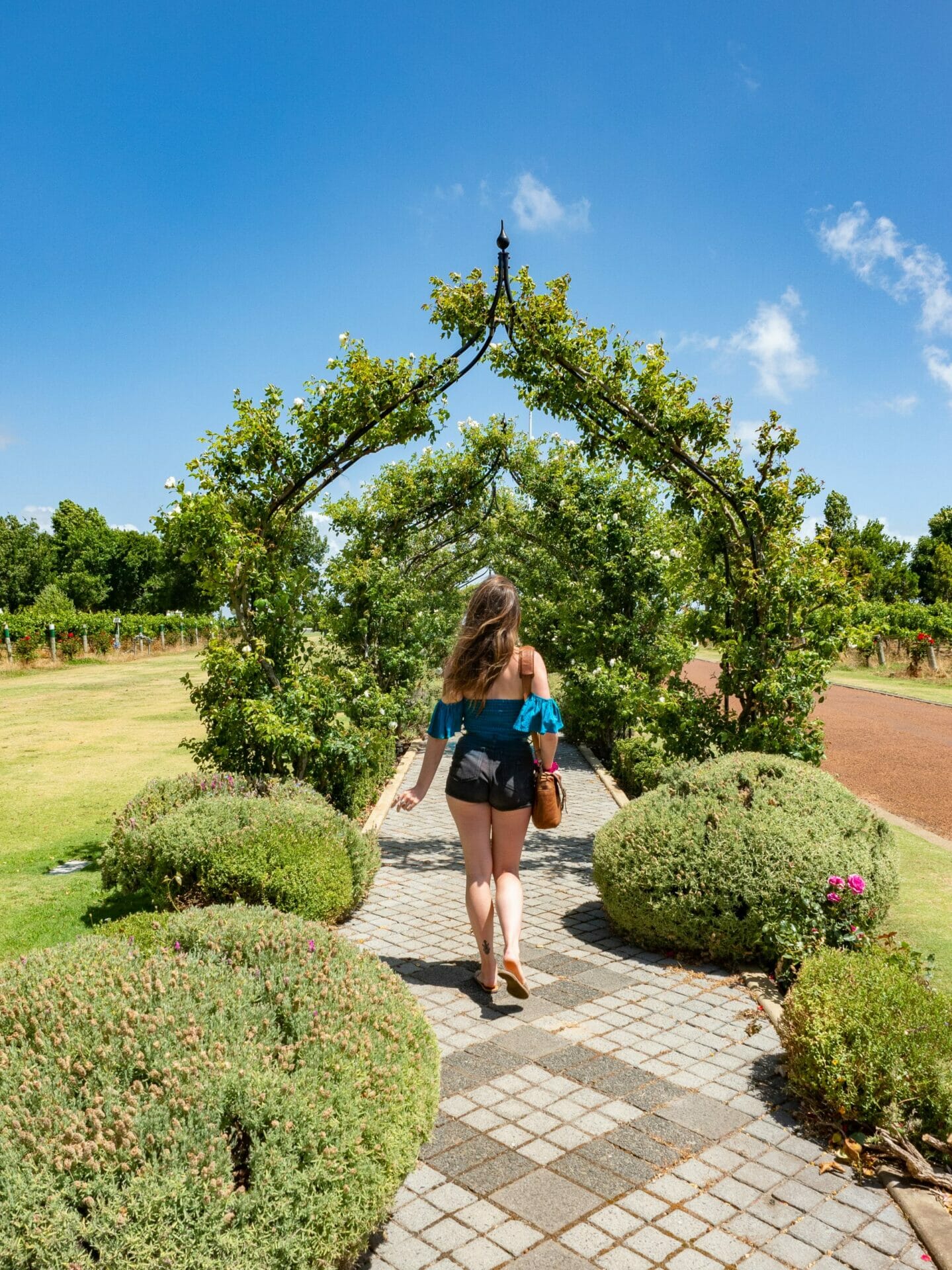
With all the convenience of a well-organised tour, a local guide with extensive knowledge about wine, and a company that has established good relationships with all of the wineries we visited, Margaret River Tours still tailored the day to us and our small group, which made it feel like a private tour without the price tag.
There was a schedule to stick to (quite necessary if you’re fitting in 6 wineries, lunch, and then cheese and chocolate tastings), but it never felt rushed or like we were being pushed out too early. The included lunch was exceptional, and our guide/driver Peter was also truly delightful and ready to answer any questions about the wine in WA. If and when I find myself back in Margaret River, I will absolutely join this tour again for another wonderful day of wine.
Read more about Western Australia
ROTTO TRAVEL GUIDE: THE PERFECT DAY TRIP TO ROTTNEST ISLAND, WESTERN AUSTRALIA
9 AMAZING THINGS TO DO IN PERTH, WESTERN AUSTRALIA
WHAT TO DO IN MARGARET RIVER: A GUIDE TO ALL THE BEST WINERIES, BEACHES & VIEWS
PERTH TO MARGARET RIVER TRAVEL GUIDE: 1-WEEK WESTERN AUSTRALIA ROAD TRIP ITINERARY
